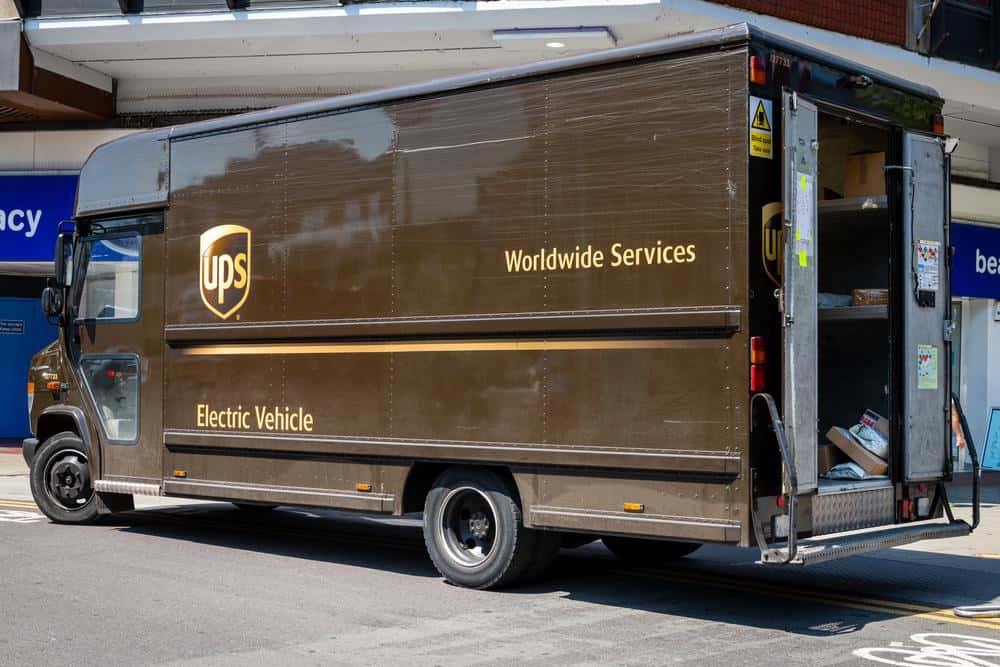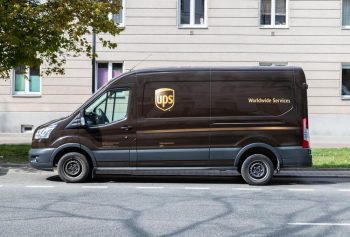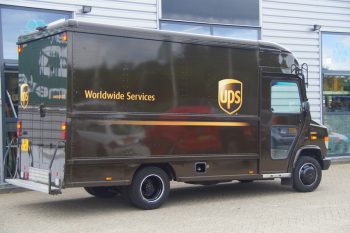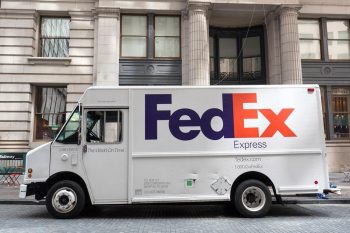
United Parcel Service (UPS) is one of the world’s largest package delivery companies, with millions of packages transported daily across the globe. But what happens when you notice that a UPS truck isn’t moving? Several factors could be at play, and this article aims to explain them all.
A UPS truck might not be moving due to several reasons including the driver’s break time, loading or unloading packages, traffic and road conditions, mechanical issues with the truck, route planning, severe weather conditions, or communication with dispatchers. If you’re concerned about the delivery of your package, reach out to UPS customer service for more information.
UPS Drivers’ Breaks
UPS drivers have a tight schedule, but they still need to take breaks for meals and rest. During these breaks, the truck may be stationary for a while. According to federal regulations, UPS drivers, like all commercial drivers, are required to take a 30-minute break within the first eight hours of their shift.
Loading or Unloading Packages
The truck may be stopped at a location to load or unload packages, which can take some time depending on the number of packages and the efficiency of the process. UPS trucks are designed to hold hundreds of packages at a time, and loading and unloading these can be time-consuming, especially during peak delivery seasons.
Traffic and Road Conditions
UPS trucks, like any other vehicle, can be affected by traffic congestion or road conditions, causing delays and temporary stops. Traffic congestion can cost commuters upwards of $62 billion a year and increase emissions from delivery traffic by nearly a third and worsen congestion by over 21%.
Mechanical Issues
UPS trucks can experience mechanical problems or breakdowns, which may require the driver to stop and wait for assistance or repairs. When a mechanical failure occurs, UPS adjusts its plans to deliver the package as quickly as possible.
Route Planning
UPS drivers follow specific routes to optimize delivery efficiency. Sometimes, the route may require the driver to pass by certain locations multiple times or make seemingly illogical detours, causing the truck to appear stationary or not moving in the expected direction.
Weather Conditions
Severe conditions such as heavy snowfall, thunderstorms, and hurricanes can disrupt transportation routes, delay flights, and make road conditions unsafe for drivers. UPS has implemented various strategies to minimize the impact of severe weather on their operations.
UPS Tracking System
While the UPS tracking system provides insights into the location and status of a package, it may not directly provide information on why a truck isn’t moving. However, it can give some clues about potential delays or issues.
Communication with Dispatchers
UPS drivers communicate with their dispatchers using handheld devices called Delivery Information Acquisition Devices (DIADs). These devices collect signatures, store parcel information, and scan barcodes. The DIADs are connected to the UPS network, allowing drivers to send and receive information about their deliveries and any issues they encounter.
Conclusion
There are several reasons why a UPS truck may not be moving, from driver breaks and loading/unloading packages to traffic and road conditions, mechanical issues, and route planning. Understanding these factors can help you better understand the UPS delivery process and manage your expectations when waiting for a package. If you’re concerned about the delivery of your package, it’s best to contact UPS customer service for more information.
Frequently Asked Questions
How long does a UPS driver’s break last?
According to federal regulations, UPS drivers, like all commercial drivers, are required to take a 30-minute break within the first eight hours of their shift.
How does the UPS tracking system work?
The UPS tracking system provides real-time updates on the location and status of a package. However, it may not directly provide information on why a truck isn’t moving.
What is a Delivery Information Acquisition Device (DIAD)?
A Delivery Information Acquisition Device (DIAD) is a handheld device used by UPS drivers to communicate with their dispatchers. These devices collect signatures, store parcel information, and scan barcodes.
What strategies does UPS implement to minimize the impact of severe weather on their operations?
UPS has not specifically detailed their strategies for dealing with severe weather. However, it’s safe to assume that they implement measures like rerouting packages, using alternative modes of transportation when possible, and prioritizing safety.
What should I do if I’m concerned about the delivery of my package?
If you’re concerned about the delivery of your package, it’s best to contact UPS customer service for more information. They can provide updates on your package’s status and answer any questions you may have.











